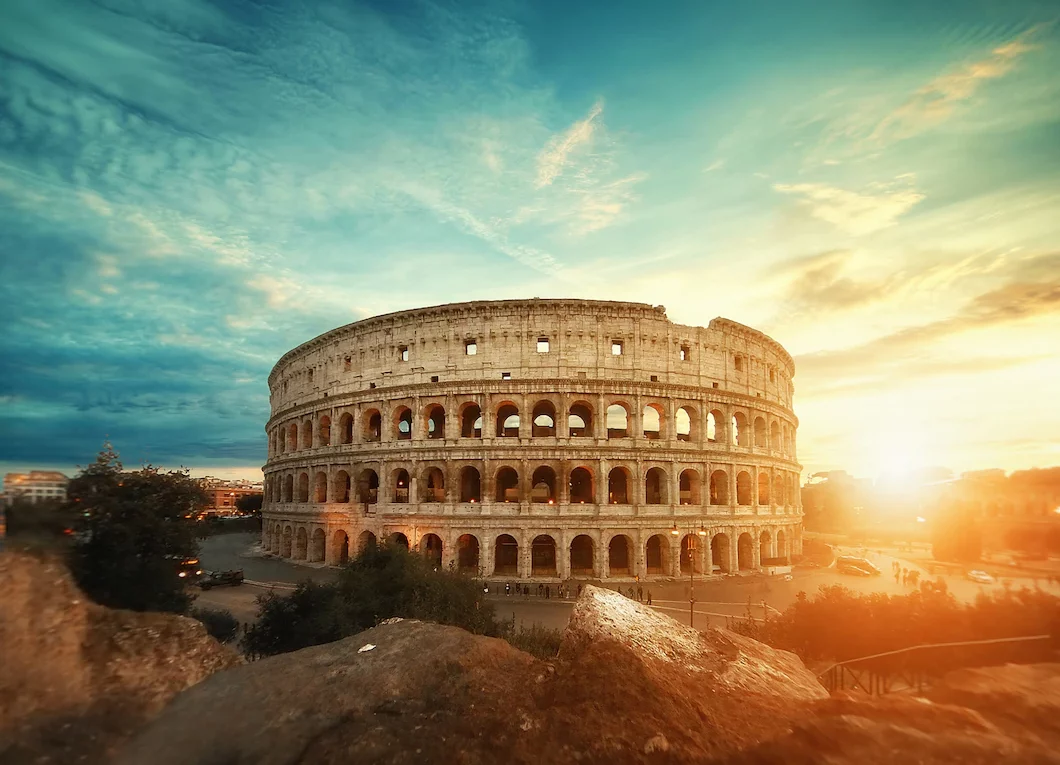The sky has not always been blue throughout history. In fact, the color of the sky can vary depending on a number of factors, including the time of day, the weather, and even the location on Earth.
One of the main reasons that the sky appears blue is due to the way that sunlight is scattered in the Earth’s atmosphere. When sunlight hits the atmosphere, it is scattered in all directions by molecules of air, water vapor, and dust. This scattering causes the sky to appear blue during the day, as blue light is scattered more easily than other colors in the spectrum.
However, the color of the sky can vary depending on the time of day. During sunrise and sunset, the light from the sun has to travel through a greater distance of the Earth’s atmosphere, which causes the blue light to be scattered even more. This can result in the sky appearing orange, red, or even pink, as these colors are more visible at these times of day.
The color of the sky can also be affected by the weather. When the sky is cloudy, the sunlight is scattered by the clouds instead of the air, which can cause the sky to appear white or gray. On particularly clear days, the sky may appear a deep blue, as there are fewer particles in the air to scatter the light.
In addition to the time of day and the weather, the color of the sky can also be affected by other factors. For example, volcanic eruptions can cause the sky to appear red or orange, as the ash and gases from the eruption scatter the light in a different way. Pollution from human activities can also cause the sky to appear hazy or yellow, as the pollutants in the air scatter the light differently.

Throughout history, the color of the sky has been a source of fascination for humans. In many ancient cultures, the sky was seen as a divine realm, and the changing colors of the sky were thought to be messages from the gods. In art, the sky is often depicted as a blue backdrop, with clouds and other features added to create a sense of depth and perspective.
Despite the fact that the sky is not always blue, it remains a beautiful and awe-inspiring sight. Whether it is a deep blue on a clear day, a fiery red at sunset, or a stormy gray during a rainstorm, the sky is a constant reminder of the beauty and mystery of the natural world.
In art, the sky was often depicted as a blue backdrop, with clouds and other features added to create a sense of depth and perspective. Many famous paintings from the 1800s, such as John Constable’s “The Haywain” and Caspar David Friedrich’s “The Wanderer above the Sea of Fog,” feature beautiful blue skies that convey a sense of calm and serenity.



